Explore Polonnaruwa - Sri Lanka Travel, Asia
Polonnaruwa isn’t just a place but a journey back in time. Tucked in the heart of Sri Lanka’s Cultural Triangle, this UNESCO World Heritage Site is a wonderland of ancient ruins, sacred temples, and royal architecture that whisper tales of a grand past. Once a thriving capital of Sinhalese kings and a center of Buddhist learning, Polonnaruwa today blends history, serenity, and cultural charm. Explore majestic stone carvings, cycle through peaceful landscapes, and connect with locals who embody Sri Lanka’s warm spirit. With every step, you'll uncover layers of a story that spans centuries.
Population: Approximately 450,000 in 2022.
Economy: Polonnaruwa’s economy is primarily driven by agriculture, especially rice cultivation, supported by ancient irrigation systems like Parakrama Samudra. Tourism also plays a key role, with small-scale trading, handicrafts, and local services contributing to the town’s economic fabric.
Landmarks: Famous for the Gal Vihara, Parakrama Samudra, and The Royal Palace of King Parakramabahu I.
Sri Lanka
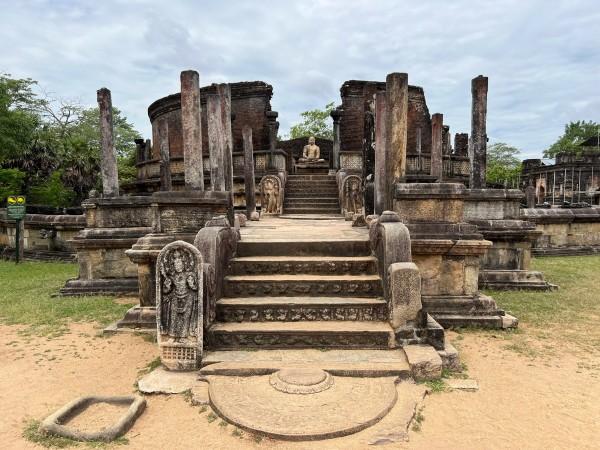
Overview of Polonnaruwa
History and Cultural Influence
In the 11th century, Polonnaruwa rose as the capital city under King Vijayabahu I, marking a powerful era in Sri Lanka’s royal history. Later, under the reign of King Parakramabahu I, the city reached its golden age. Monumental achievements in hydraulic engineering, urban planning, and religious architecture turned Polonnaruwa into a thriving political and spiritual hub.
At the heart of the city stands the Gal Vihara, a set of colossal granite Buddha statues that reveal the artistic mastery of ancient Sri Lankan stone craftsmen. The Royal Palace, Nissanka Latha Mandapaya, and Rankoth Vehera showcase a harmonious blend of Sinhalese, South Indian Chola, and Buddhist architectural influences. This unique fusion makes Polonnaruwa not just a preserved city of ruins but a vivid canvas of religious tolerance and royal ambition.
Interaction with The Locals
While the ancient stones tell stories of kings, the people of Polonnaruwa bring the culture to life. Hospitality here is heartfelt and unforced. A smile, a shared tea, or a friendly chat with a tuk-tuk driver often turns into a memorable encounter.
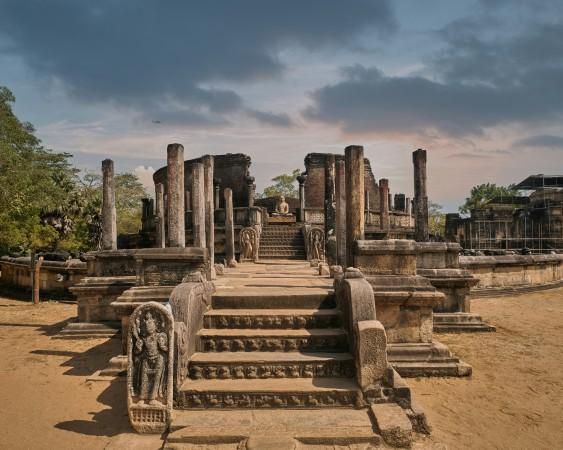
Top Attractions in Polonnaruwa
- Gal Vihara: This is the crown jewel of Polonnaruwa. The Gal Vihara features four majestic granite-carved Buddha statues, each depicting a different posture: seated, standing, and reclining. Carved directly into a single rock face, they radiate spiritual calm and artistic perfection. These are some of the most iconic representations of Buddhist sculpture in Asia.
- The Royal Palace of King Parakramabahu I: Once a grand seven-story palace, now only a few thick walls and stone columns remain, but they still whisper tales of royal power. Believed to have had 1,000 rooms, this site speaks of the architectural brilliance under King Parakramabahu I, one of Sri Lanka’s greatest monarchs.
- Vatadage (Ancient Stupa House): A circular shrine unique to Sinhalese architecture, the Vatadage once protected a sacred relic, possibly the Tooth Relic of the Buddha. Encircled by carved stone guardstones and moonstones, it’s a masterpiece of religious design that captures the devotion of a bygone era.
- Parakrama Samudra (Sea of Parakrama): More than a lake, this vast reservoir is an ancient hydraulic engineering feat. Built to "not let a single drop of rain go to the sea without being used," the Parakrama Samudra still supports farming and fishing today. The tranquil setting is ideal for a sunset walk or birdwatching.
- Rankoth Vehera: This towering stupa, built in the 12th century, resembles the famous Ruwanwelisaya in Anuradhapura. Standing 54 meters tall, Rankoth Vehera is the largest stupa in Polonnaruwa and remains a sacred site for Buddhists.
- Nissanka Latha Mandapaya: Unlike anything else in Polonnaruwa, this small yet striking structure features lotus-shaped stone columns. It once served as a preaching hall for monks and is admired for its rare and intricate design.
- Shiva Devalayas: Polonnaruwa also reflects its diverse past through Hindu temples built during the South Indian Chola occupation. Shiva Devalaya No. 1 and No. 2 feature beautifully preserved lingam shrines and stone inscriptions, offering insight into the city's multi-religious history.
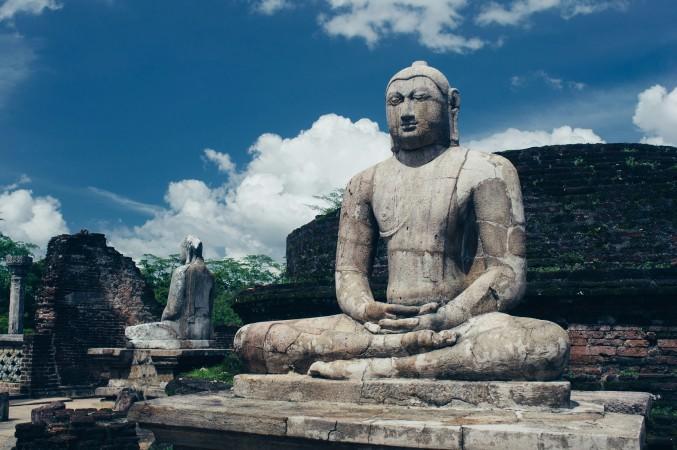
Must-Try Dishes in Polonnaruwa
Traveling through Polonnaruwa isn’t complete without savoring the local flavors that define Sri Lankan home-style cooking. Most meals are hearty, spice-laced, and served with warm hospitality.
- Rice and Curry: The heart of every meal. Served with a variety of curries, like lentils (parippu), jackfruit (kos), fish, or chicken, plus sambols, pickles, and crunchy papadam.
- Pol Roti with Lunumiris: Coconut-infused flatbread served with lunumiris, a spicy mix of crushed chili, onion, and lime. Often eaten for breakfast or as a quick street snack.
- Kottu Roti: Sri Lanka’s favorite street food! A flavorful stir-fry of chopped godamba roti, vegetables, egg, and your choice of meat, all mixed on a hot iron griddle. Best enjoyed with chicken or cheese variations.
- Wambatu Moju (Brinjal Pickle): Sweet, tangy, and spicy eggplant pickle. A flavorful side dish that perfectly balances spicier curries.
- Kiri Bath (Milk Rice): A special occasion dish made by cooking rice in coconut milk. Typically served with lunumiris or sweet jaggery for breakfast or New Year celebrations.
- Ambul Thiyal (Sour Fish Curry): A dry, tangy fish curry traditionally preserved using dried goraka fruit. It’s pungent, flavorful, and best paired with plain rice.
- Hoppers (Appa): Thin, crispy rice flour crepes, bowl-shaped and often served with an egg cooked in the center (egg hopper). Eat it with sambol or dhal for breakfast or dinner.
- String Hoppers (Idiyappam): Steamed rice noodle nests typically eaten with coconut milk curry or spicy sambol. Light yet satisfying, and commonly served for breakfast or dinner.
- Pittu: A steamed mixture of rice flour and coconut, served in a cylindrical shape and paired with spicy curries or sweetened coconut milk.
- Kalu Dodol: A sticky, dark brown dessert made with coconut milk, jaggery, and rice flour. Rich, chewy, and perfect for those with a sweet tooth.
- Woodapple Juice: A must-try local drink made from the pulp of the woodapple fruit. Tangy, earthy, and refreshing—often blended with sugar or milk.
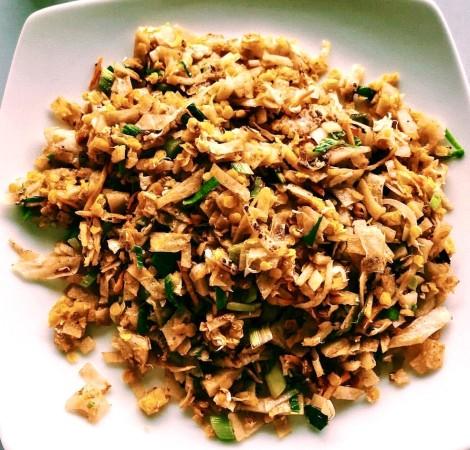
Festivals and Local Celebrations
Sinhala and Tamil New Year (April)
This major festival marks the end of the harvest season. Families gather to light the hearth, prepare traditional sweets like kokis and mung kavum, and engage in fun-filled games. Streets echo with laughter, and homes are open to guests.
Vesak Festival (May Full Moon)
Commemorating the birth, enlightenment, and death of the Buddha, Vesak is the most sacred Buddhist festival. Streets are decorated with glowing Vesak lanterns, and temples host alms-giving and devotional songs. Visitors are welcome to join respectfully.
Poson Poya (June Full Moon)
Celebrated especially in ancient cities like Polonnaruwa, Poson marks the arrival of Buddhism in Sri Lanka. Expect white-clad pilgrims, illuminated stupas, and peaceful processions around sacred sites like Rankoth Vehera.
Weather in Polonnaruwa: Best Time to Visit
Dry Season (May to September)
Temperature ranges from 25°C – 33°C. This time of the year is Ideal for exploring ruins, cycling tours, and safaris. Clear skies and low humidity make this the best time to visit Polonnaruwa.
Wet Season (October to January)
Temperature ranges from 24°C – 31°C. Afternoon showers are common but brief. The landscape turns lush and green. Fewer crowds and better hotel deals are all in this season, great for photographers and budget travelers.
Transitional Months (February to April)
Warm with occasional rain, but generally pleasant. Coincides with Sinhala and Tamil New Year, offering rich cultural experiences.
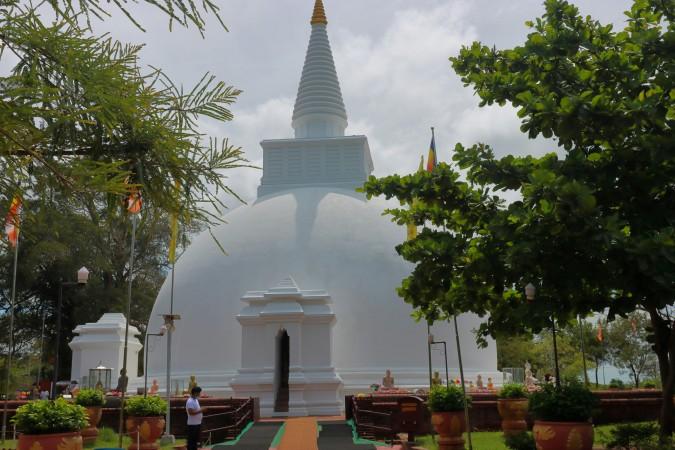
What to Do in Polonnaruwa
- Cycle Through the Ancient City: Rent a bicycle and glide past lotus ponds, Buddha statues, and palace walls. It's the best way to cover more ground while soaking in the spiritual ambiance.
- Visit Minneriya National Park: Located just 30 minutes away, this park is famous for “The Gathering,” one of the world’s largest wild elephant congregations during the dry season (July–September). Jeep safaris are popular and family-friendly.
- Village Tours and Cooking Classes: Experience rural life by visiting traditional farming villages. Learn how to cook Sri Lankan curries using clay pots and firewood then enjoy your meal under a thatched roof.
- Bird Watching and Boat Rides: The Parakrama Samudra reservoir is a haven for birdlife. Hire a boat or simply stroll along the banks to spot egrets, kingfishers, and even the occasional crocodile.
Shopping in Polonnaruwa
- Hand-Carved Woodcraft: Local artisans carve statues of Buddha, elephants, and deities using sustainable woods like sandalwood and ebony. Ideal for home décor and keepsakes.
- Batik Fabrics and Sarongs: Colorful, hand-dyed textiles and garments can be found at roadside stalls. These are great for gifts or as a stylish souvenir of Sri Lanka.
- Herbal Products and Spices: Visit family-run shops selling cinnamon, cloves, ayurvedic oils, and herbal teas. These items are light, fragrant, and easy to pack.
- Temple Gift Shops: Near major temples, you’ll find spiritual tokens, incense sticks, prayer beads, and religious posters that are simple yet meaningful.
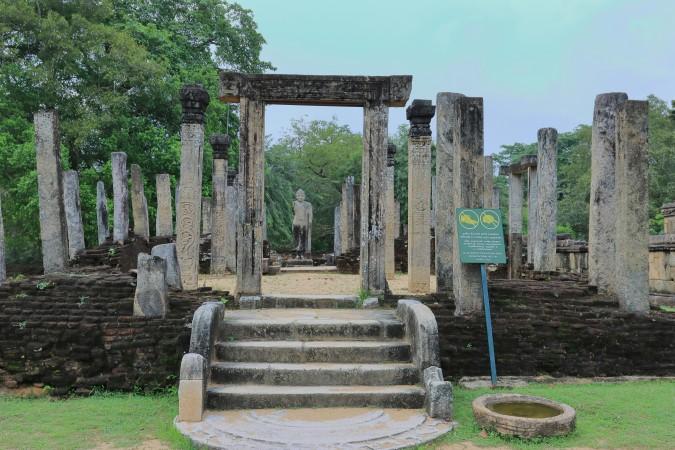
Essential Travel Information
Getting Around Polonnaruwa
- Bicycle Rentals: The best way to explore the ancient city ruins at your own pace.
- Tuk-Tuks: Affordable and available across town, but negotiate the fare in advance.
- Scooter Rentals: For independent travelers looking for a wider range of exploration.
- By Bus: Regular for long-distance travel from Colombo, Kandy, or Dambulla.
- Private Car/Taxi: A flexible and comfortable option for families or groups.
ATM & Banking Services
- ATMs: Available in the town center near banks and major shops. Most accept Visa and MasterCard.
- Banks: Local branches offer currency exchange services, especially during weekdays.
- Currency: Sri Lankan Rupee (LKR). Carry small denominations for tuk-tuks, street food, and local markets.
- Digital Payments: Not widely accepted at smaller establishments. Cash is still the best.
Where to Stay in Polonnaruwa
- Budget Stays: Family-run guesthouses with basic amenities, homemade breakfasts, and a warm welcome. Ideal for solo travelers and students.
- Mid-Range Options: Comfortable eco-lodges and boutique hotels close to the historical sites. Often offer guided tours, bike rentals, and garden views.
- Nature & Heritage Stays: Rustic cabins by the lake, village-style cottages, or lodges with paddy field views. Great for those seeking peace and cultural immersion.
- Luxury Villas (Limited): A few upscale properties offer private pools and curated experiences, but book early, as choices are few.
Articles for you
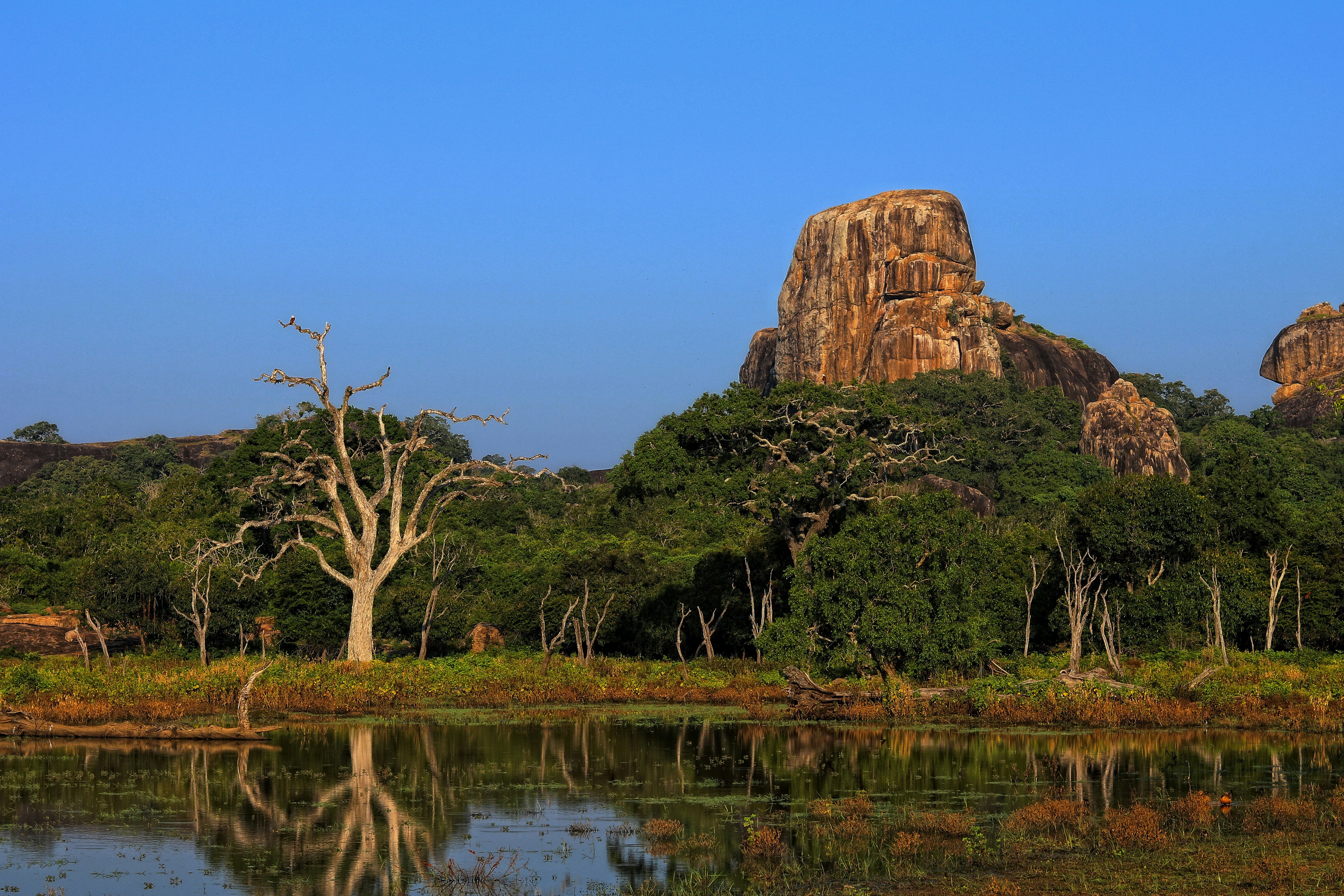
Explore Yala National Park - Sri Lanka Travel, Asia
Tucked away in Sri Lanka’s southeastern corner, Yala National Park is where wild nature meets deep tradition. Known worldwide for its leopard population, the park is also home to elephants, sloth bears, crocodiles, and hundreds of bird species. Beyond wildlife, Yala opens doors to a cultural landscape dotted with ancient temples, Buddhist ruins, and coastal villages. For travelers seeking more than just a safari, Yala offers a chance to explore eco-tourism, local communities, and sacred heritage sites.
Population: The Yala National Park area doesn’t have a human population.
Economy: The economy around Yala National Park thrives on a blend of eco-tourism, agriculture, and local services. Safari tours, eco-lodges, and cultural experiences drive steady income for nearby towns like Tissamaharama and Kataragama, supporting thousands of families.
Landmarks: Famous for Block I of Yala and wildlife encounters, including elephants, sloth bears, crocodiles, and exotic bird species.
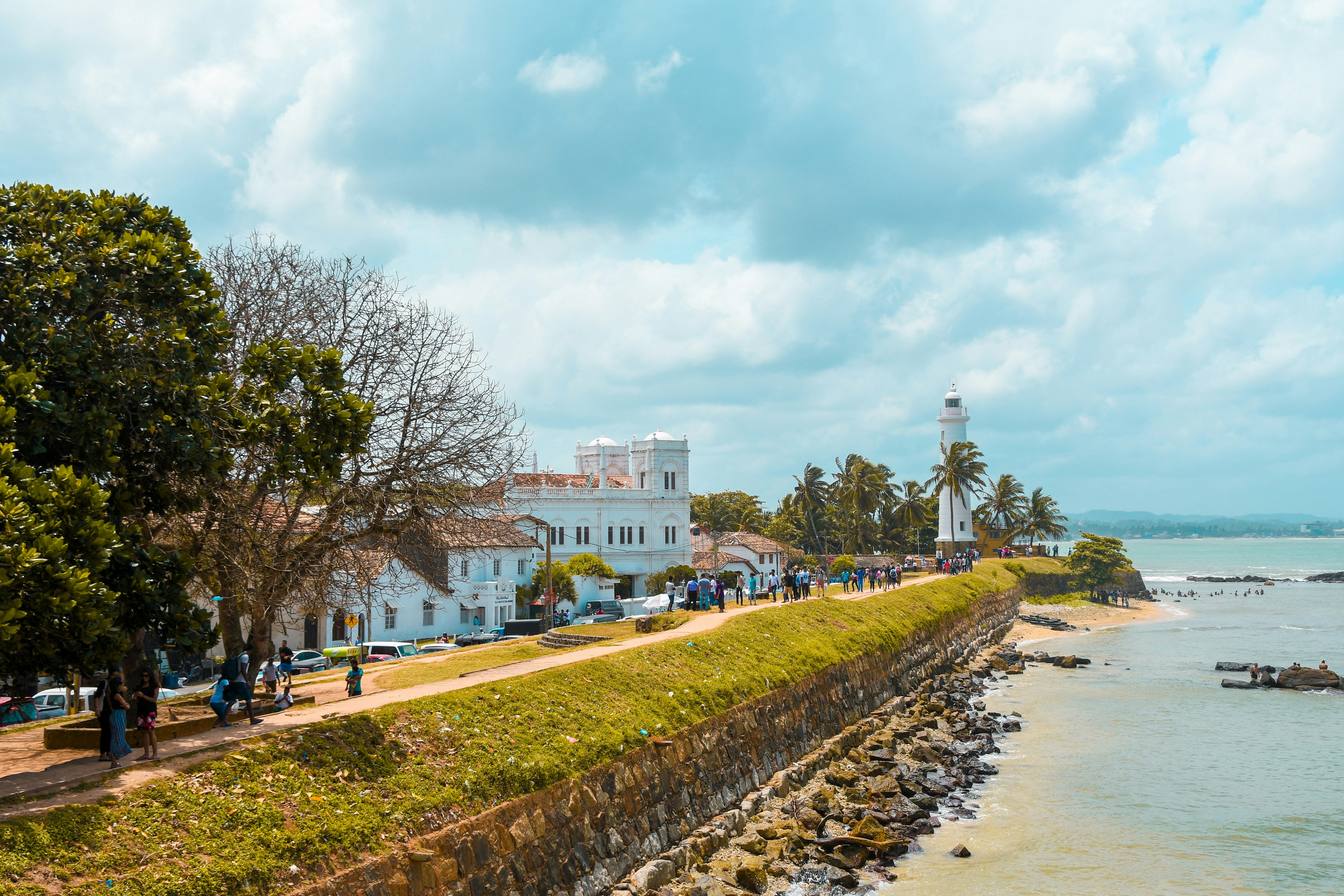
Explore Galle - Sri Lanka Travel, Asia
Nestled on Sri Lanka’s southern coastline, Galle is a vibrant city where history meets the sea. Its cobbled streets, colonial architecture, and serene beaches make it a must-visit destination for travelers seeking a blend of culture, adventure, and relaxation. A UNESCO World Heritage site, Galle captivates visitors with its Dutch Fort, bustling markets, and friendly locals. Whether you’re exploring the ramparts at sunset or savoring fresh seafood by the shore, Galle promises an unforgettable journey into Sri Lanka’s heritage.
Population: Approximately 113,000 in 2023.
Economy: Galle’s economy thrives on tourism, trade, and fisheries. The city’s historic fort, colonial architecture, and coastal charm draw thousands of international visitors each year, making tourism its main economic driver. Fishing remains vital for local livelihoods, supplying fresh seafood across the region.
Landmarks: Famous for the Galle Fort, Dutch Reformed Church & Maritime Museum, and Unawatuna Beach.
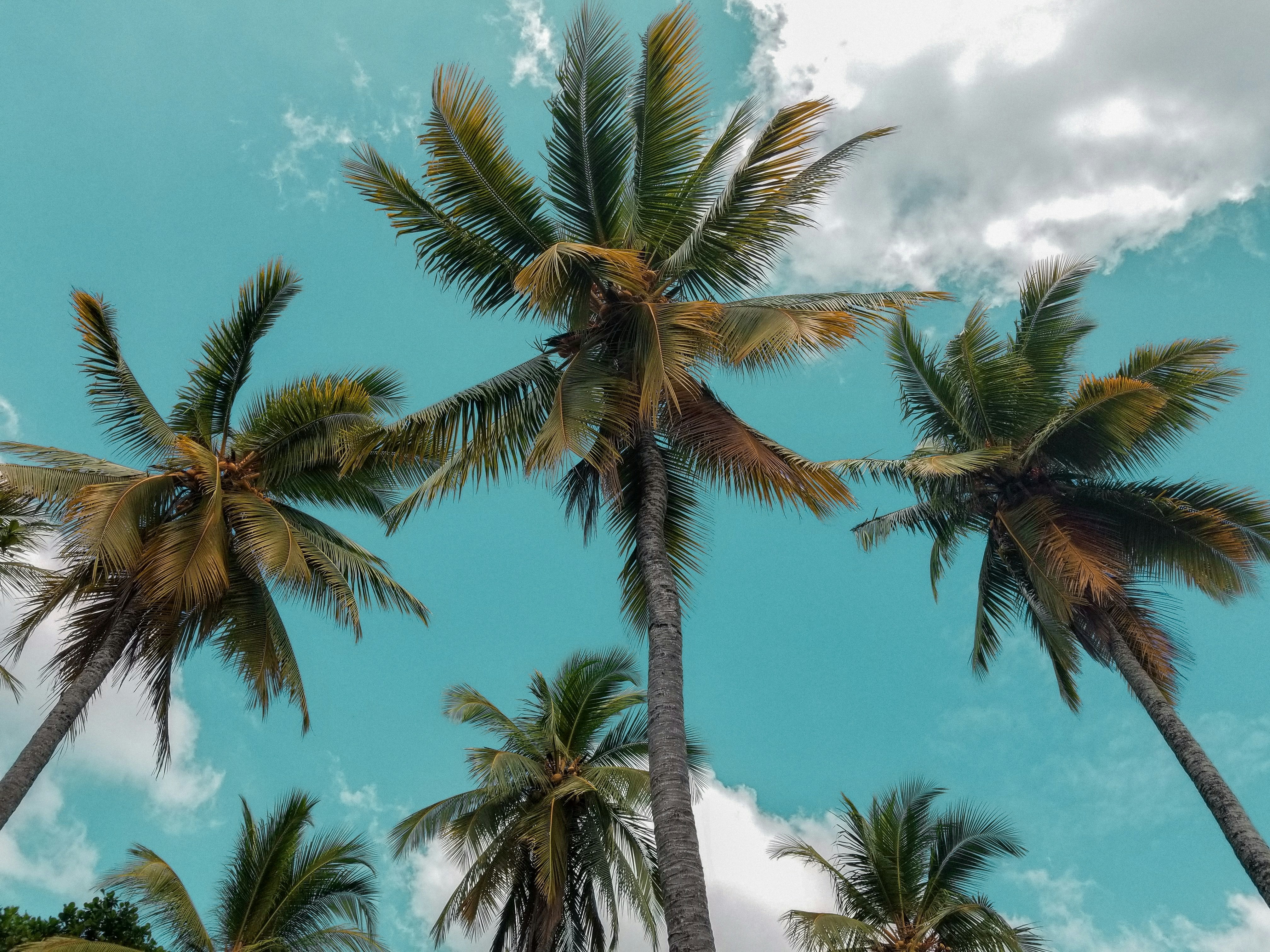
Explore Bentota - Sri Lanka Travel, Asia
Nestled along Sri Lanka’s southwestern coast, Bentota is a tropical paradise that blends golden beaches, vibrant culture, and thrilling adventures. Famous for its calm waters, luxury resorts, and scenic river estuary, Bentota has become a top destination for travelers seeking both relaxation and authentic experiences. From serene beach walks at sunrise to adrenaline-pumping water sports, this coastal town offers a perfect balance of leisure and exploration. With its proximity to Colombo and Galle, Bentota is easy to reach, making it an ideal stop for both short escapes and extended holidays.
Population: Approximately 37,000 in 2023.
Economy: Bentota’s economy thrives mainly on tourism, which drives local businesses such as hotels, restaurants, and wellness retreats. The town also benefits from fishing, coconut cultivation, and handicrafts like wood carving and batik textiles. Many residents rely on the growing demand for water sports and Ayurvedic treatments, making tourism the backbone of both income and employment in the area.
Landmarks: Famous for Bentota Beach, Bentota River Safari, and Kande Vihara Temple.
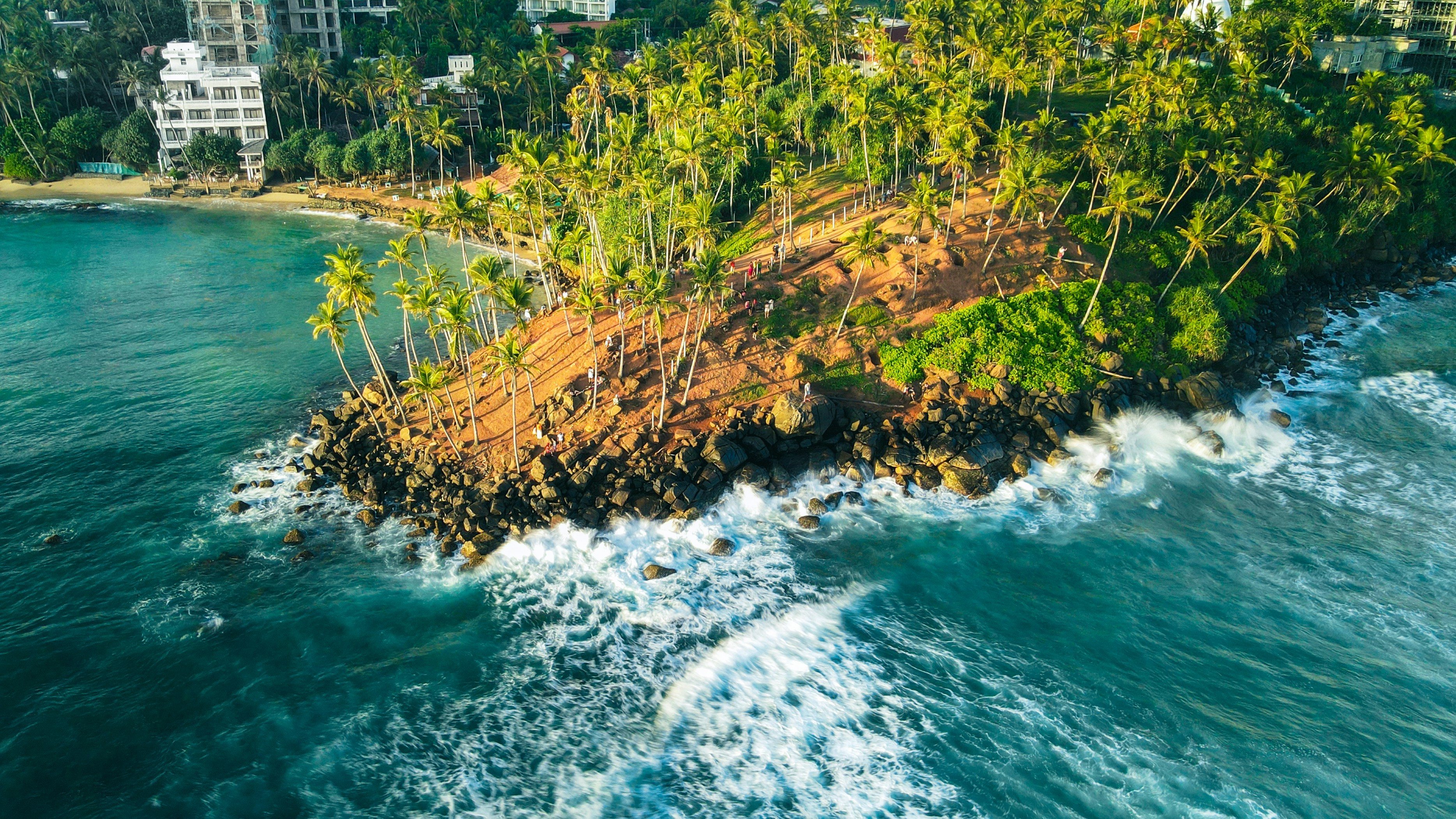
Explore Mirissa - Sri Lanka Travel, Asia
Mirissa is a charming coastal town on Sri Lanka’s southern shoreline. Known for its golden beaches, turquoise waters, and vibrant marine life, it has become a must-visit stop for travelers exploring the island. Many come for whale watching, surfing, and sunset views at Coconut Tree Hill, but Mirissa offers much more than postcard beauty. The fishing boats you see anchored by the bay carry generations of stories. Local traditions, delicious cuisine, and a laid-back rhythm of life shape every visitor’s experience.
Population: Approximately 4,700 in 2023.
Economy: Mirissa’s economy is largely shaped by its coastal location. Fishing has long been the backbone of local livelihoods, with generations relying on the Indian Ocean for income. In recent decades, tourism has become the main driver of growth, thanks to whale watching, surfing, and beachside hospitality.
Landmarks: Famous for Mirissa Beach, Coconut Tree Hill, and Parrot Rock Bridge.
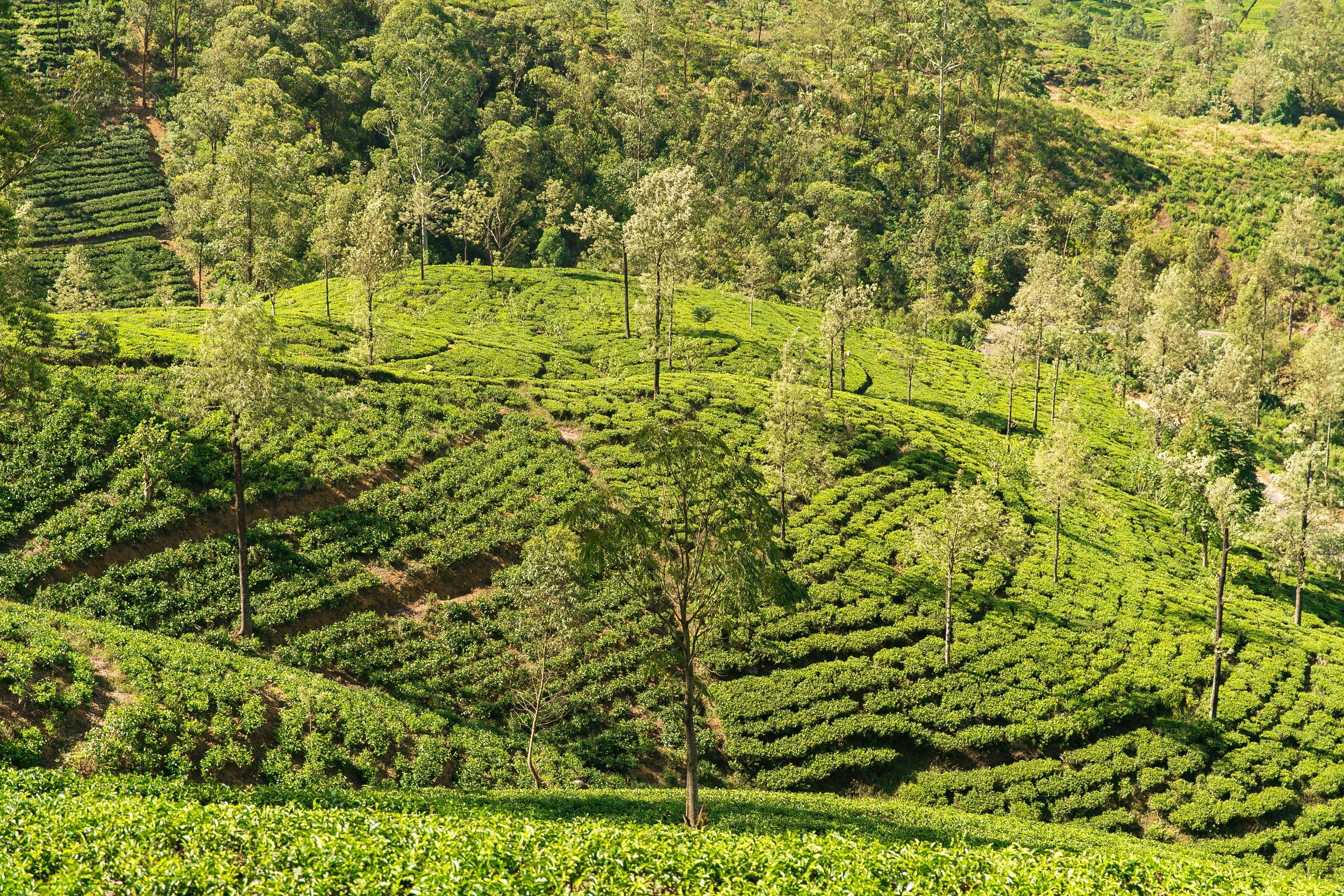
Explore Nuwara Eliya - Sri Lanka Travel, Asia
Tucked away in the Central Highlands of Sri Lanka, Nuwara Eliya is often called “Little England”. With its rolling tea plantations, cool misty mornings, and colonial charm, this mountain town feels like a step into another world. Travelers come here to breathe fresh air, walk through flower gardens, sip the finest Ceylon Tea, and enjoy a pace of life far from the island’s busy cities. Whether you’re drawn by scenic landscapes, heritage architecture, or the warmth of its people, Nuwara Eliya is a destination that blends nature, culture, and history in perfect harmony.
Population: Approximately 781,000 in 2023.
Economy: Nuwara Eliya’s economy thrives mainly on tea production, as it sits in the heart of Sri Lanka’s central highlands, famous worldwide for Ceylon Tea. The city also benefits from a growing tourism industry, attracting visitors with its colonial charm, cool climate, and scenic landscapes.
Landmarks: Famous for Gregory Lake, Hakgala Botanical Garden, and Victoria Park.
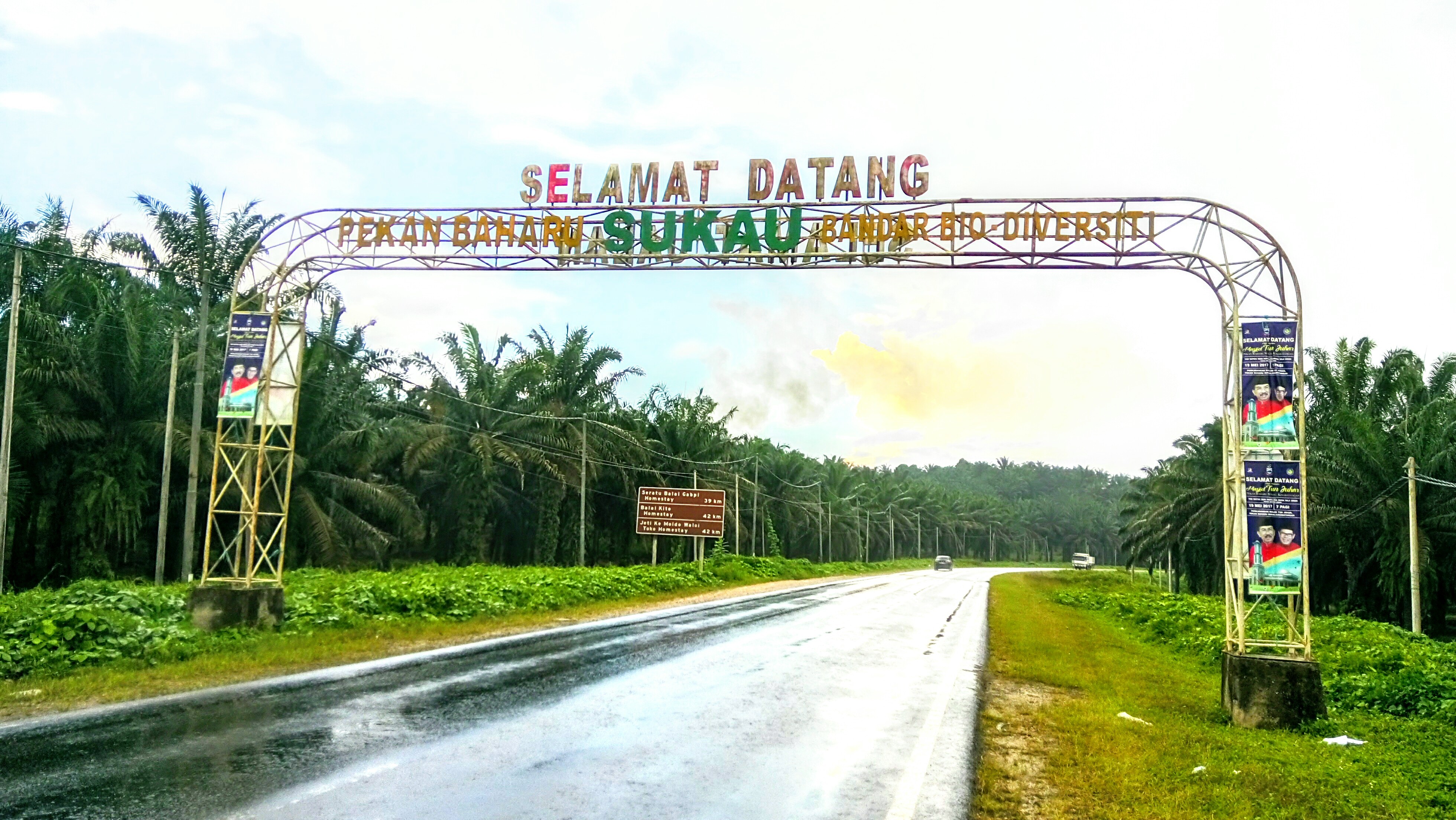
Explore Sukau - Malaysia Travel, Asia
Nestled on the banks of the Kinabatangan River in Sabah, Malaysian Borneo, Sukau is a destination where wildlife, culture, and conservation come together. Known as one of Asia’s top spots for river safaris and eco-tourism, this quiet village offers a front-row seat to encounters with Bornean orangutans, pygmy elephants, proboscis monkeys, and exotic birdlife.
Population: Approximately 1,400 in 2019.
Economy: Sukau’s economy is shaped by its riverine location and natural resources. Traditionally, the Orang Sungai community relied on fishing, small-scale farming, and forest gathering for their livelihood. Today, the village has shifted toward eco-tourism, with river cruises, jungle trekking, and homestays providing income.
Landmarks: Famous for the Kinabatangan River cruises, Gomantong Caves, and Ox-bow lakes and wetlands.
